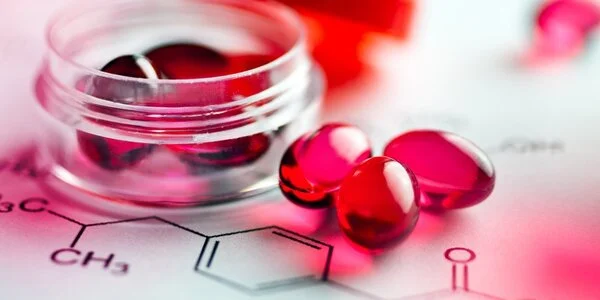The role of artificial intelligence (AI) in drug development has grown, from initial discovery to diagnosis and treatment. AI and machine learning can be used in drug development to speed up certain stages of the research process, thereby lowering costs and increasing efficiency.
From the discovery of a promising target to the final medication, drug development is an expensive, time-consuming, and incremental process. The ultimate goal is to find a molecule that has the desired effect on the human body and to validate its quality, safety, and efficacy in treating patients.
Rensselaer Polytechnic Institute (RPI) researchers have published a study in Molecular Pharmaceutics predicting how proteins interact in drug development. Amgen and the University of Michigan-Ann Arbor collaborated on the study. The researchers use a mathematical model in the paper to predict the viscosity of protein solutions that will be used as drugs. This is important in drug development because viscosity determines the method of administration—needle or IV.
Our aim is to identify protein interactions behind the complex viscosity behavior of dilute to semi-dilute protein solutions. Further, coupling between the interactions is important for designing therapeutic protein formulations where low viscosity is desired at high concentrations. Ultimately, this will have a positive impact in drug delivery and cost.
Patrick Underhill
Traditionally, viscosity testing is performed later in the drug development process. This test determines whether a molecule or fluid has an excessively high viscosity. It will be too thick or have too much friction to flow freely in a needle if it is too viscous.
In drug development, molecules need to have low viscosity from the start. The unpredictable drug development process can be delayed or set back when the materials are too viscous. Discovering a way to determine viscosity earlier in the development process will shorten the process, and also reduce costs in drug development and, therefore, reduce costs to patients.
“Our aim is to identify protein interactions behind the complex viscosity behavior of dilute to semi-dilute protein solutions,” said Patrick Underhill, Professor of Chemical and Biological Engineering at RPI.

“Further, coupling between the interactions is important for designing therapeutic protein formulations where low viscosity is desired at high concentrations. Ultimately, this will have a positive impact in drug delivery and cost.”
AI has major potential to improve the ways that studies are run, reducing the time spent on repetitive processes and the R&D costs associated with them. Furthermore, deep learning AI tools can be applied to modeling studies, assisting with the safety and efficacy evaluations of drug molecules.
Strategic partnerships with external pharmaceutical companies are one way that organizations are lowering drug development costs. Partnerships can help improve operations and streamline processes in ways that a single company working alone cannot. Partnering companies can improve clinical trials by eliminating inefficiencies that drive up R&D costs.
Decentralized clinical trials favor a more patient-centric approach, lowering typical participation barriers such as clinic attendance. Instead, decentralized trial designs are influenced by various regulatory communication and data integration technologies.
















